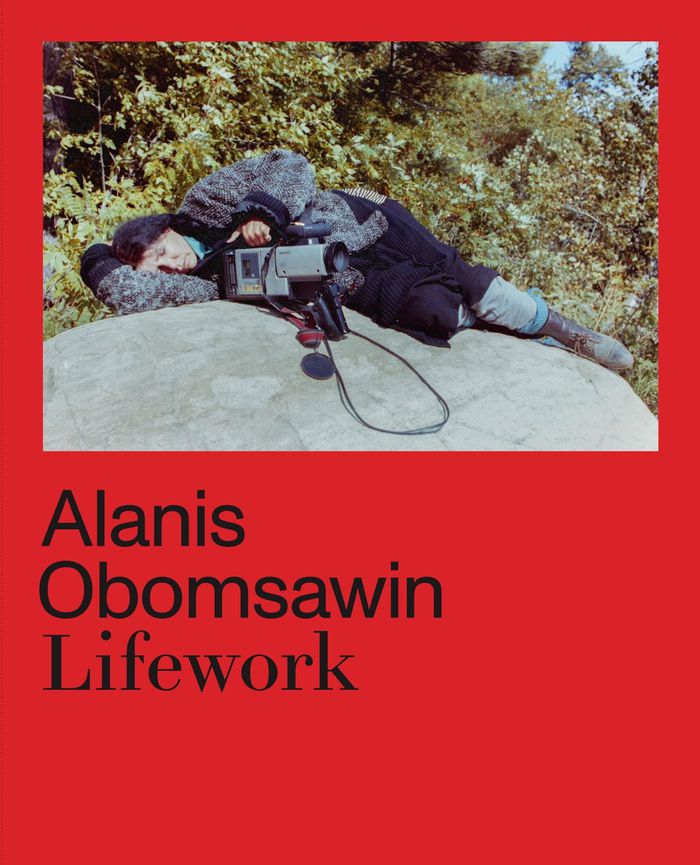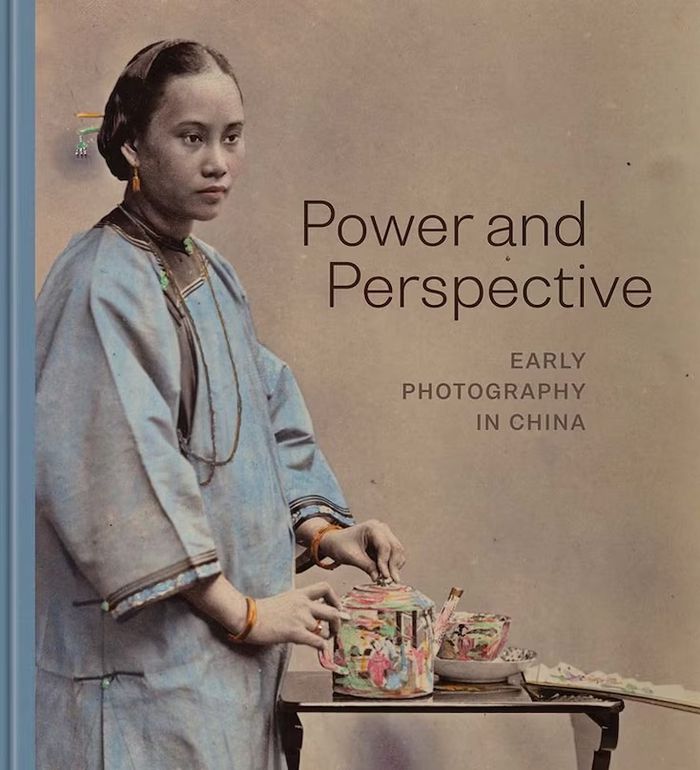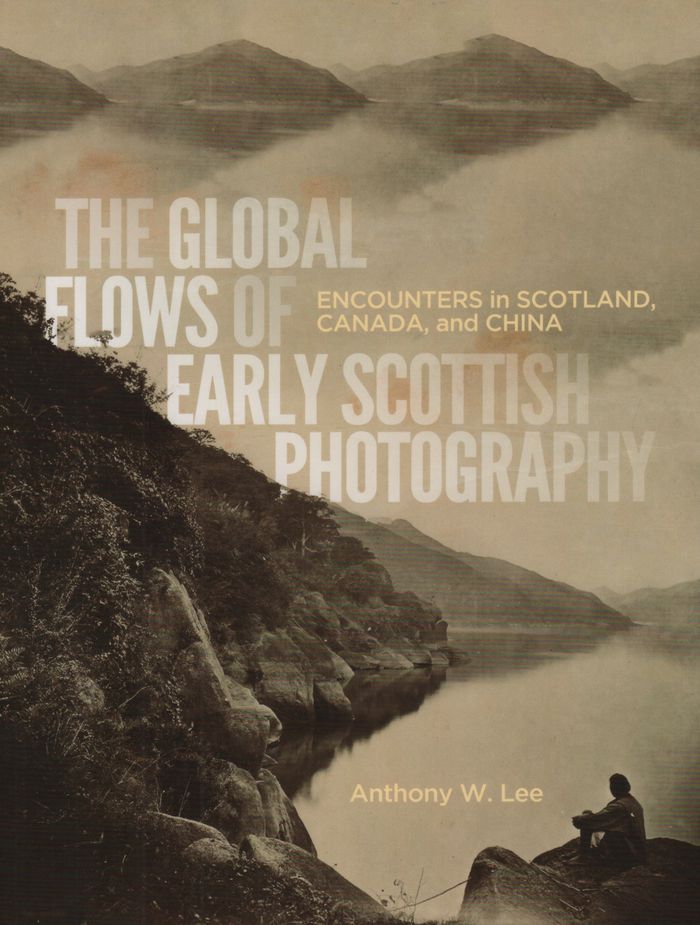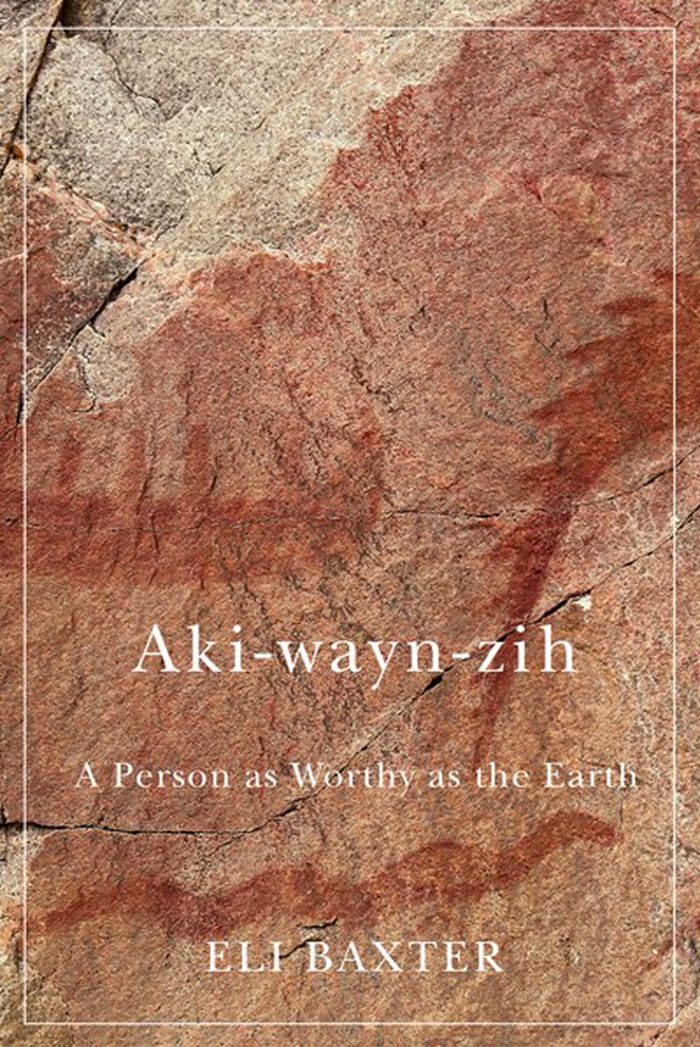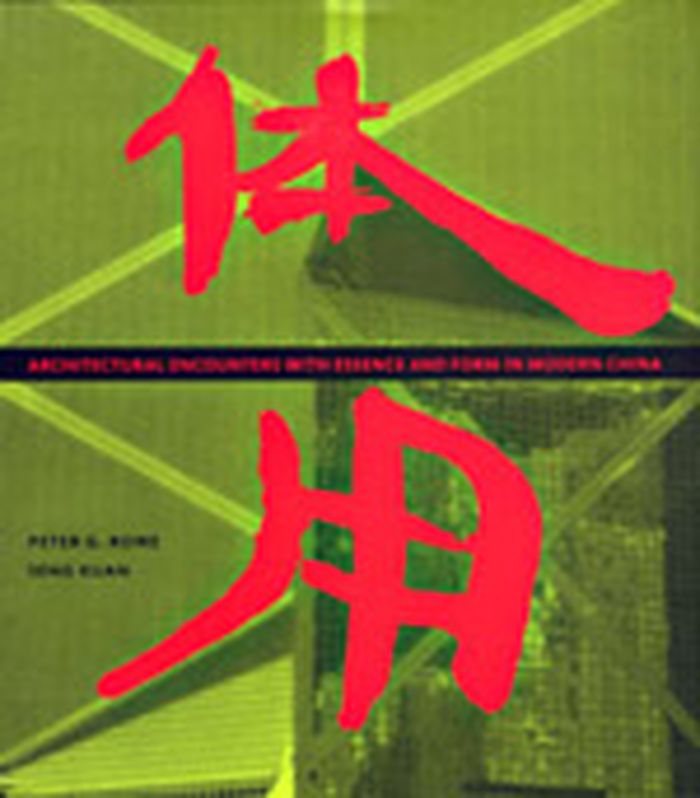$34.95
(disponible sur commande)
Résumé:
Rethinking the Great White North moves the idea of whiteness to the centre of debates about Canadian history, geography, and identity. Informed by critical race theory and the insight that racism is geographical as well as historical and cultural, scholars from multiple disciplines explore how notions of race, whiteness, and nature helped shape the nation, from travel(...)
Architecture du Canada
février 2014
Rethinking the Great White North: race, nature, and the historical geographies of whiteness in Canada
Actions:
Prix:
$34.95
(disponible sur commande)
Résumé:
Rethinking the Great White North moves the idea of whiteness to the centre of debates about Canadian history, geography, and identity. Informed by critical race theory and the insight that racism is geographical as well as historical and cultural, scholars from multiple disciplines explore how notions of race, whiteness, and nature helped shape the nation, from travel writing to treaty making, from scientific research to park planning, and within small towns,cities, and tourist centres. Four themes - identity and knowledge, city spaces, Arctic journeys, and Native land - serve as entry points to trace how Canada's identity as a white country was built on historical geographies of nature.
Architecture du Canada
livres
Description:
xvi, 287 pages ; 21 cm
Minneapolis, MN : University of Minnesota Press, 2013., ©2012
The inconvenient Indian : a curious account of native people in North America / Thomas King.
Actions:
Exemplaires:
Description:
xvi, 287 pages ; 21 cm
livres
Minneapolis, MN : University of Minnesota Press, 2013., ©2012
Alanis Obomsawin: Lifework
$79.00
(disponible sur commande)
Résumé:
Never shying away from controversy, Obomsawin’s films have played a critical role in exposing ongoing systemic bias towards Indigenous populations—from fishing rights and education to health care and treaty violations. Obomsawin is also a graphic artist, and she incorporates her often dream-inspired etchings and prints into many of her films. This volume includes(...)
Alanis Obomsawin: Lifework
Actions:
Prix:
$79.00
(disponible sur commande)
Résumé:
Never shying away from controversy, Obomsawin’s films have played a critical role in exposing ongoing systemic bias towards Indigenous populations—from fishing rights and education to health care and treaty violations. Obomsawin is also a graphic artist, and she incorporates her often dream-inspired etchings and prints into many of her films. This volume includes illuminating essays exploring Obomsawin’s practice and mission as well as personal commentary from collaborators, archival materials, and photographs from the filmmaker’s personal life and professional exploits. As Obomsawin closes in on her ninth decade of life—and fifth decade behind the camera—this beautifully illustrated record of her astounding body of work and tireless efforts on behalf of Indigenous peoples and culture is an inspiring celebration of the power of film to dramatically change the course of history.
Art canadien
Plants, people and places: the roles of ethnobotany and ethnoecology in indigenous peoples' land rig
$49.95
(disponible sur commande)
Résumé:
For millennia, plants and their habitats have been fundamental to the lives of Indigenous Peoples - as sources of food and nutrition, medicines, and technological materials - and central to ceremonial traditions, spiritual beliefs, narratives, and language. While the First Peoples of Canada and other parts of the world have developed deep cultural understandings of plants(...)
Plants, people and places: the roles of ethnobotany and ethnoecology in indigenous peoples' land rig
Actions:
Prix:
$49.95
(disponible sur commande)
Résumé:
For millennia, plants and their habitats have been fundamental to the lives of Indigenous Peoples - as sources of food and nutrition, medicines, and technological materials - and central to ceremonial traditions, spiritual beliefs, narratives, and language. While the First Peoples of Canada and other parts of the world have developed deep cultural understandings of plants and their environments, this knowledge is often underrecognized in debates about land rights and title, reconciliation, treaty negotiations, and traditional territories. Plants, People, and Places argues that the time is long past due to recognize and accommodate Indigenous Peoples' relationships with plants and their ecosystems. Analyzing specific cases in which Indigenous Peoples' inherent rights to the environment have been denied or restricted, this collection promotes future prosperity through more effective and just recognition of the historical use of and care for plants in Indigenous cultures.
$89.95
(disponible sur commande)
Résumé:
Photography’s development as a new form of art and technology coincided with profound changes in the way China engaged with the world in the nineteenth century. The medium evolved in response to war, trade, travel, and a desire for knowledge about an unfamiliar place. "Power and perspective" provides a rich account of the exchanges among photographers, artists, patrons,(...)
octobre 2022
Power and perspective: Early photography in China
Actions:
Prix:
$89.95
(disponible sur commande)
Résumé:
Photography’s development as a new form of art and technology coincided with profound changes in the way China engaged with the world in the nineteenth century. The medium evolved in response to war, trade, travel, and a desire for knowledge about an unfamiliar place. "Power and perspective" provides a rich account of the exchanges among photographers, artists, patrons, and subjects in the treaty port cities that connected China and the West. Drawing primarily from the Peabody Essex Museum’s historic and largely unpublished collection of photographs, this generously illustrated volume examines the confrontations and collaborations that shaped the adoption and practice of photography in China. Offering an original reassessment of the colonial legacy of the medium, "Power and perspective" addresses photography’s representations of racial hierarchy and its entanglement with histories of European imperialism in nineteenth-century China.
$55.00
(disponible sur commande)
Résumé:
Almost immediately after the invention of photography, Scottish photographers took their clunky cameras on the road to capture the stories of peoples and communities touched by the forces of British imperialism. For the next thirty years, their journeys would take them far from their homes in the Lowlands to the Canadian wilderness and the treaty ports and rivers of(...)
The global flows of early Scottish photography
Actions:
Prix:
$55.00
(disponible sur commande)
Résumé:
Almost immediately after the invention of photography, Scottish photographers took their clunky cameras on the road to capture the stories of peoples and communities touched by the forces of British imperialism. For the next thirty years, their journeys would take them far from their homes in the Lowlands to the Canadian wilderness and the treaty ports and rivers of China. ''The Global Flows of Early Scottish Photography'' is about the interplay between these photographers' ambitions and the needs and desires of the people they met. Anthony Lee tracks the work of several famous innovators of the art form, including D.O. Hill and Robert Adamson in Edinburgh; the Scottish immigrants William Notman and Alexander Henderson in Montreal; John Thomson in Hong Kong; and Lai Afong. Lee reveals their pictures in the context of migration and the social impact wrought by worldwide trade and competing nationalisms.
Photographie- collections
livres
Description:
335 pages, 22 unnumbered pages : illustrations (chiefly color) ; 25 cm
[São Paulo] : EDUSP : FAPESP, [2013]
A maravilhosa fábrica de virtudes : o decoro na arquitetura religiosa de Vila Rica, Minas Gerais (1711-1822) / Rodrigo Bastos.
Actions:
Exemplaires:
Description:
335 pages, 22 unnumbered pages : illustrations (chiefly color) ; 25 cm
livres
[São Paulo] : EDUSP : FAPESP, [2013]
Aki-wayn-zih
$27.95
(disponible sur commande)
Résumé:
Members of Eli Baxter’s generation are the last of the hunting and gathering societies living on Turtle Island. They are also among the last fluent speakers of the Anishinaabay language known as Anishinaabaymowin. 'Aki-wayn-zih' is a story about the land and its spiritual relationship with the Anishinaabayg, from the beginning of their life on Miss-koh-tay-sih Minis(...)
Aki-wayn-zih
Actions:
Prix:
$27.95
(disponible sur commande)
Résumé:
Members of Eli Baxter’s generation are the last of the hunting and gathering societies living on Turtle Island. They are also among the last fluent speakers of the Anishinaabay language known as Anishinaabaymowin. 'Aki-wayn-zih' is a story about the land and its spiritual relationship with the Anishinaabayg, from the beginning of their life on Miss-koh-tay-sih Minis (Turtle Island) to the present day. Baxter writes about Anishinaabay life before European contact, his childhood memories of trapping, hunting, and fishing with his family on traditional lands in Treaty 9 territory, and his personal experience surviving the residential school system. Examining how Anishinaabay Kih-kayn-daa-soh-win (knowledge) is an elemental concept embedded in the Anishinaabay language, 'Aki-wayn-zih' explores history, science, math, education, philosophy, law, and spiritual teachings, outlining the cultural significance of language to Anishinaabay identity. Recounting traditional Ojibway legends in their original language, fables in which moral virtues double as survival techniques, and detailed guidelines for expertly trapping or ensnaring animals, Baxter reveals how the residential school system shaped him as an individual, transformed his family, and forever disrupted his reserve community and those like it. Through spiritual teachings, historical accounts, and autobiographical anecdotes, 'Aki-wayn-zih' offers a new form of storytelling from the Anishinaabay point of view.
$55.95
(disponible en magasin)
Résumé:
Built around snatches of discussion overheard in a Beijing design studio, this book explores attitudes toward architecture in China since the opening of the Treaty Ports in the 1840s. Central to the discussion are the concepts of ti and yong, or “essence” and “form,” Chinese characters that are used to define the proper arrangement of what should be considered modern and(...)
avril 2002, Cambridge, Mass.
Architectural encounters with essence and form in modern China
Actions:
Prix:
$55.95
(disponible en magasin)
Résumé:
Built around snatches of discussion overheard in a Beijing design studio, this book explores attitudes toward architecture in China since the opening of the Treaty Ports in the 1840s. Central to the discussion are the concepts of ti and yong, or “essence” and “form,” Chinese characters that are used to define the proper arrangement of what should be considered modern and essentially Chinese. Ti and yong have gone through various transformations--for example, from “Chinese learning for essential principles and Western learning for practical application” to “socialist essence and cultural form” and an almost complete reversal to “modern essence and Chinese form.” The book opens with a discussion of cultural developments in China in response to the forced opening to the West in the mid-nineteenth century, efforts to reform the Qing dynasty, and the Nationalist and Communist regimes. It then considers the return of overseas-educated Chinese architects and foreign influences on Chinese architecture, four architectural orientations toward tradition and modernity in the 1920s and 1930s, and the controversy over the use of “big roofs” and other sinicizing aspects of Chinese architecture in the 1950s. The book then moves to the hard economic conditions of the Great Leap Forward and the Cultural Revolution, when architecture was almost abandoned, and the beginning of reform and opening up to the outside world in the late 1970s and 1980s. Finally, it looks at the present socialist market economy and Chinese architecture during the still incomplete process of modernization. It closes with a prognosis for the future.

